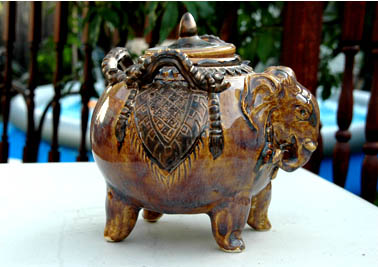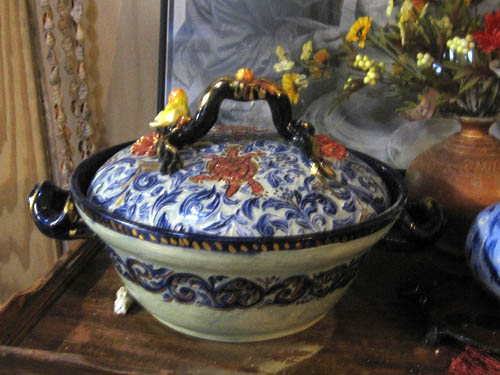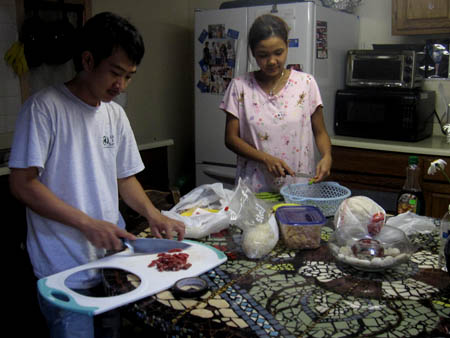A big box of photocopied comment cards arrived in the mail today. Visitors to Keepers of Tradition: Art and Folk Heritage in Massachusetts took the time to scribble down their reactions on printed comment cards. From time to time, we will share them with you here.

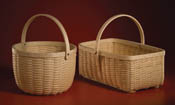
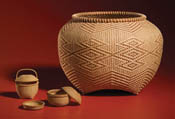
A 38-year-old woman from Belmont, MA writes: “I was so impressed by the intricate design and pattern of the baskets. It also reminds me of how ‘green’ cultures were that used these beautiful baskets in farming — reusing natural materials (no ugly plastic bags!)”

One of the cards asked: If you could learn from one of these keepers of tradtition, who would it be? Why? A 64-year-old man from Woodstock, CT answered: “Rob Napier, Newburyport. The man is good and I like the choice of the working boat. It’s the working men laboring unhseen that make the trade great.” And a 12-year-old girl from Canton, MA answered: “The art of tap dancing because it is a way of dancing and making music.”
A 47-year old woman from Shrewsbury wrote: “We enjoyed the entire exhibit, but my son especially enjoyed seeing the Cambodian crafts and dance, as he was adopted in Cambodia and is proud of his cultural heritage.”
And an unidentified person answered the question, Has this exhibition changed your idea of what folk art is? “Yes. I always thought it was boring, but it isn’t.”

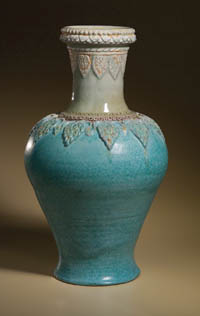


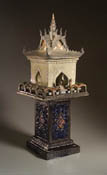
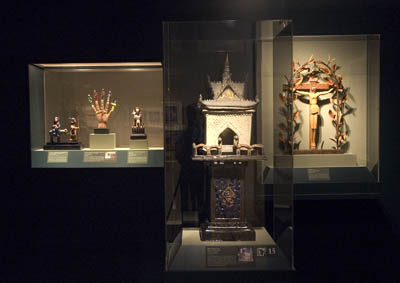 .
.